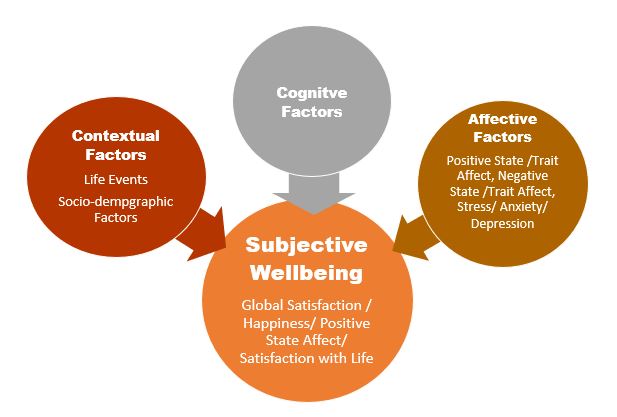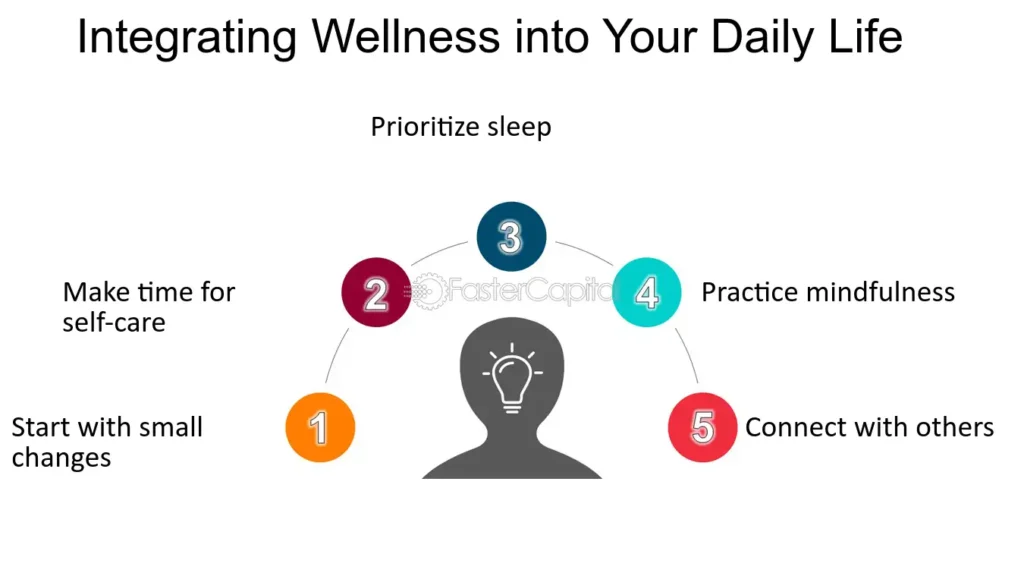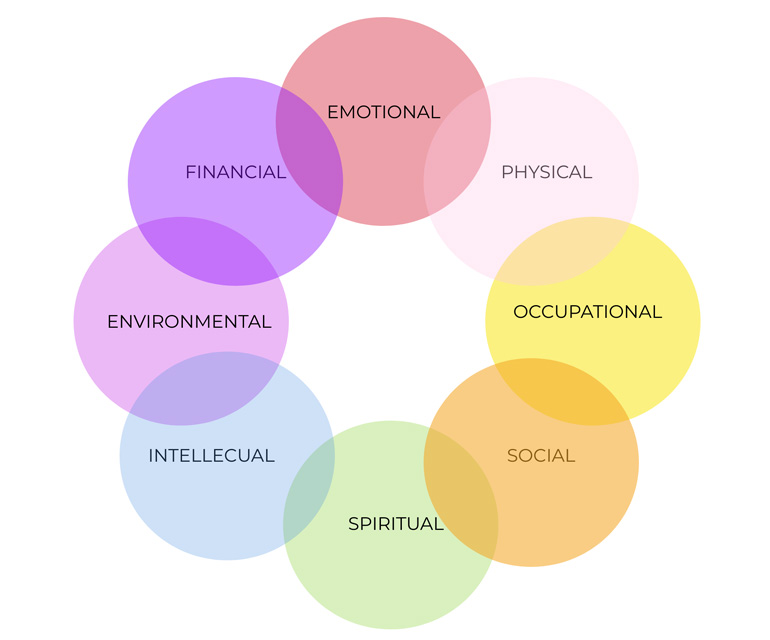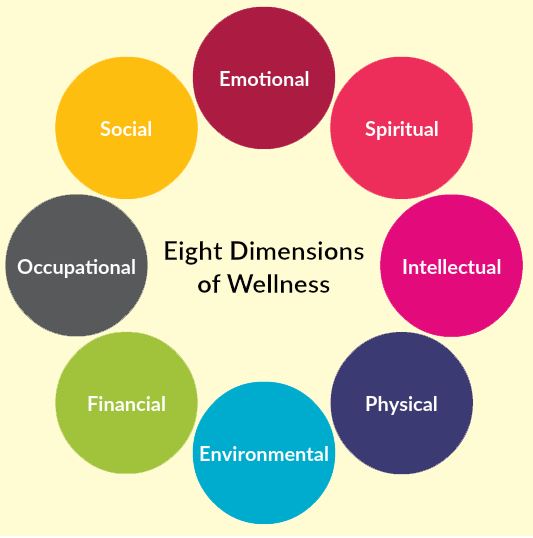Health is more than a destination—it’s an ongoing journey. True health encompasses physical strength, mental clarity, emotional resilience, social connection, and harmony with our environment. When we nurture each of these pillars, we unlock vitality, purpose, and balance in our lives. This guide explores these dimensions, offering insights, practical tips, and a roadmap to holistic wellness.
1. 📌 Redefining Health: A Broader Perspective
Health is often narrowly defined as “not being sick.” Yet the World Health Organization (WHO) defines it as “a state of complete physical, mental and social well‐being, not merely the absence of disease.” This broader understanding highlights:
- Prevention over reaction
- Self‐care as a daily practice
- Health as a multidimensional state
Recognizing health as more than anatomy or biochemistry empowers us to proactively shape our well‑being.
2. Physical Health: The Body’s Cornerstone
2.1 Nutrition: Fueling the Engine
Good health starts with what we eat. A balanced diet includes:
- Macronutrients: Protein, fats, carbohydrates
- Micronutrients: Vitamins A, C, D, minerals like iron, zinc
- Phytochemicals & antioxidants: Colorful plant foods
Daily blueprint: half your plate vegetables and fruits, lean proteins, whole grains, healthy fats (e.g. olive oil, nuts).

2.2 Movement: Strength, Endurance, Flexibility
Physical activity supports the heart, muscles, bones, metabolism, mood, and more.
- Aerobic exercise: brisk walking, running, swimming—150 minutes/week minimum
- Strength training: resistance exercises 2–3x/week to build muscle and bone density
- Flexibility & balance: yoga, tai chi, stretching—essential for joint health and fall prevention
Choose activities you enjoy—consistency matters more than perfection.
2.3 Sleep: The Vital Rejuvenator
Quality sleep supports:
- Tissue repair
- Immune function
- Emotional regulation
- Cognitive performance
Targets: 7–9 hours/night for adults, with consistency in bedtime/wake time and a screen‐free, cool, dark bedroom.
2.4 Preventive Care: Catch It Early
Regular health screenings detect issues like hypertension, diabetes, and cancer early when treatment is most effective. Vaccinations—including seasonal vaccines like flu shots—provide crucial protection.
2.5 Personal Hygiene & Safety
Habits like handwashing, dental care, sun protection, and responsible behaviors (e.g. seat belts, helmets) reduce infection, dental issues, injuries, and long‐term health risks.
3. Mental Health: The Power of the Mind
3.1 Stress & Anxiety: Coping Tools
Modern life is stressful. Chronic stress can weaken immunity, disrupt sleep, and harm mood. Effective techniques include:
- Mindfulness & deep breathing
- Meditation or relaxation exercises
- Prioritizing tasks and simplifying routines
- Setting realistic boundaries
3.2 Emotional Awareness & Management
Emotional intelligence helps us understand our feelings and respond constructively:
- Name the emotion
- Understand the context
- Express or soothe appropriately—talk with someone, write, draw
Developing this skill reduces outbursts and builds emotional resilience.
3.3 Mental Resilience: Bouncing Back
Resilience involves:
- Building positive relationships
- Staying flexible and solution‐oriented
- Celebrating small victories
- Maintaining hope and a sense of purpose
3.4 Professional Support & Therapy
Therapists and counselors help with issues like anxiety, depression, trauma, or life transitions. Therapy is proactive self‐care, not just crisis intervention.

3.5 Cognitive Health: Active and Engaged
Keeping the brain active improves function and reduces decline risk:
- Reading, puzzles, language learning
- Creative outlets: writing, art, music
- Social engagement sharpens thinking and memory
4. Emotional and Social Health: The Web of Connection
4.1 Social Connection: Belonging Matters
Humans thrive in community. Quality relationships support mental health, encourage positive behaviors, and provide purpose during challenges.
- Study example: strong social ties correlate with longer life and lower illness risk
4.2 Communication: Building Empathy
Healthy communication includes:
- Active listening
- “I” statements to express feelings without blame
- Openness to others’ perspectives
- Conflict resolution skills
These enhance intimacy, reduce stress, and strengthen bonds.
4.3 Empathy & Kindness: They Nourish Both Ways
Acts of kindness—listening, helping, volunteering—contribute to well‑being. Practicing empathy deepens relationships and fosters emotional growth.
4.4 Community Involvement
Volunteering, joining local groups, or being part of a team fosters belonging, sense of purpose, and social support—all health‐boosting benefits.
5. Environmental & Lifestyle Health: Choosing Well‑Being
5.1 Time in Nature
Spending time outdoors improves:
- Mood and stress
- Blood pressure
- Attention and creativity
Aim for at least 2 hours/week in green spaces or sunlight exposure.
5.2 Digital Balance: Screen Savvy
- Set device‐free zones and times (e.g., bedtime)
- Unfollow feeds that trigger anxiety or negativity
- Focus on real connection over virtual connection
Mindful tech use enhances well-being and relationships.
5.3 Substance Awareness
Avoid harmful substances:
- Tobacco causes numerous diseases
- Excessive alcohol harms the liver, cardiovascular, mental health
- Limiting or avoiding minimizes risk
5.4 Built Environment
Optimize home and workspace by:
- Ensuring ergonomic seating, lighting, air quality
- Removing obstacles, improving air flow
- Promoting movement with standing desks or walking meetings

6. Cultivating Healthy Habits: Practices for Consistency
6.1 Habit Framework: Start Small
Identify small, achievable habits aligned with values:
“Walk 15 minutes twice a week.”
“Drink a glass of water before each meal.”
“Write one sentence in a gratitude journal nightly.”
Small steps build confidence; consistency builds change.
6.2 Accountability & Tracking
Tools that help:
- Habit‐tracking apps
- Notebooks
- Accountability partners or small groups
Visual progress enhances motivation.
6.3 Overcoming Obstacles
Plan for setbacks with strategies like:
- Pre‐planned healthy meals
- Indoor workouts for rainy days
- Supportive social network
Accept slip-ups and recommit calmly.
6.4 Celebration & Reflection
Acknowledge milestones—big and small. Reflect regularly on what’s working and adjust as needed.
7. Holistic Health in Action: Lifestyle Examples
| Lifestyle Type | Daily Routine Snapshot |
| Working Professional | Morning meditation, oatmeal and fruit breakfast, lunchtime walk, meetings with breaks, evening gym, digital wind‑down |
| Busy Parent | Early yoga, family smoothie, playtime outdoors, shared chores, weekends with nature and meal prep, bedtime story |
| Senior Individual | Gentle stretching, social breakfast meetup, gardening, library visit, volunteer activity, early night |
These routines show how each dimension of health supports vibrant, balanced lives.
8. Health Across Life Stages
8.1 Children & Adolescents
- Healthy habits establish early: play, nutritious meals, social and emotional learning
- Support academic, physical, and mental development
8.2 Young Adults
- Form independence and healthy patterns: education, career, relationships, finances
- Avoiding substance misuse and mental health neglect is key
8.3 Middle Age
- Preventive care becomes critical: screenings, stress reductions, lifestyle assessments
- Preparing for retirement, family responsibilities, shifting priorities
8.4 Older Adulthood
- Focus on quality of life: physical activity, social connections, brain stimulation
- Managing chronic conditions and maintaining independence and purpose
9. Health and Society: A Broader Picture
9.1 Equity & Access
Health inequities arise from income, education, environment. Society’s focus on:
- Universal healthcare
- Nutritious food access
- Clean air and water
- Safety and housing
…leads to collective well‑being.
9.2 Workplace Wellness
Employers supporting:
- Healthy food, breaks, fitness, mental health resources
=> higher productivity, satisfaction, and loyalty
9.3 Global Health & Environment
Public health efforts (vaccines, water safety, nutrition) save lives worldwide. Combating climate change protects health at scale.

10. Your Personalized Health Roadmap
Use this structure to design a health plan:
- Choose one physical habit, one mental/emotional practice, and one social/environmental focus to start.
- Schedule them weekly and track progress.
- Reflect monthly—celebrate wins, troubleshoot challenges.
- Add a new small habit every 4–6 weeks.
- Connect with others—work with a friend, group, or professional.
11. Common Barriers and Solutions
- Time constraints: break habits into 10-minute micro-sessions
- Cost concerns: focus on walking, bodyweight exercise, basic grocery staples
- Motivation dips: connect with others, change routines, remind yourself of your “why”
- Knowledge gaps: use reputable sources—WHO, national health agencies, peer-reviewed research
12. Staying Motivated and Inspired
- Visualize your healthiest future
- Read inspiring stories or biographies
- Join communities or challenges
- Reward yourself with healthy treats—new gear, spa day, weekend escape
13. Final Thoughts: Health as a Lifelong Journey
Health is not a finish line—it’s a journey of evolving habits, awareness, and adaptation. It’s personal yet connected, simple yet complex. By tending to our bodies, minds, emotions, relationships, and environment, we craft resilient, meaningful, and vibrant lives. Remember:
“Take care of your body, it’s the only place you have to live.” – Jim Rohn
Quick Reference Summary
- Nutrition: Balanced, whole foods
- Movement: Mix cardio, strength, flexibility
- Sleep: Consistent 7–9 hours
- Stress relief: Meditation, routines
- Social: Quality relationships
- Environment: Nature, digital balance
- Habits: Start small—track, celebrate
- Lifelong adaptability: Adjust through life stages







